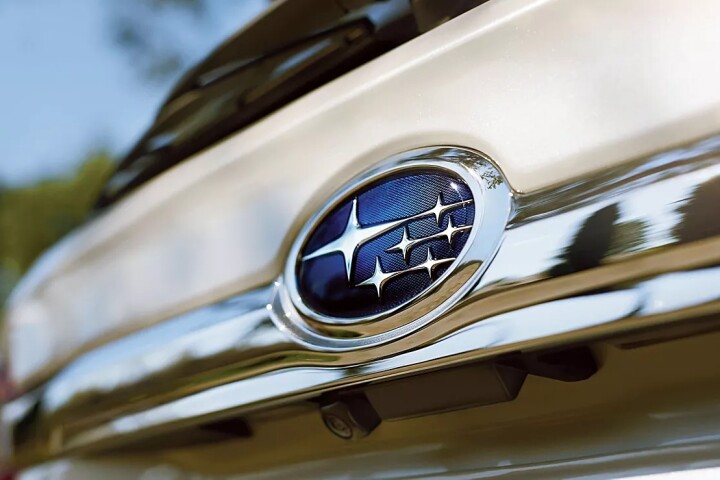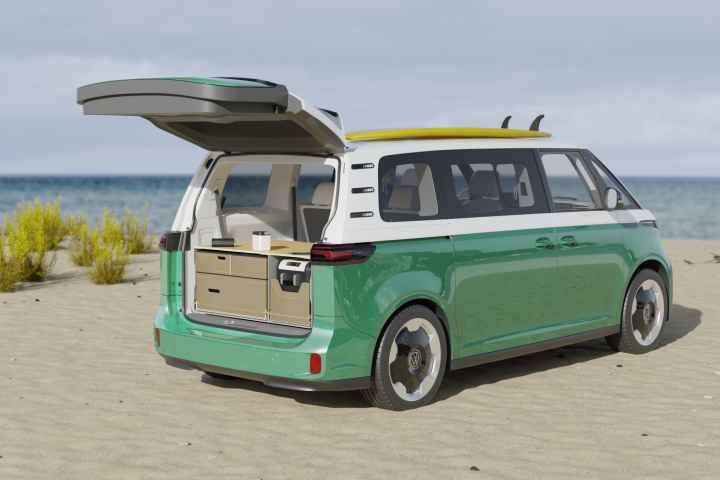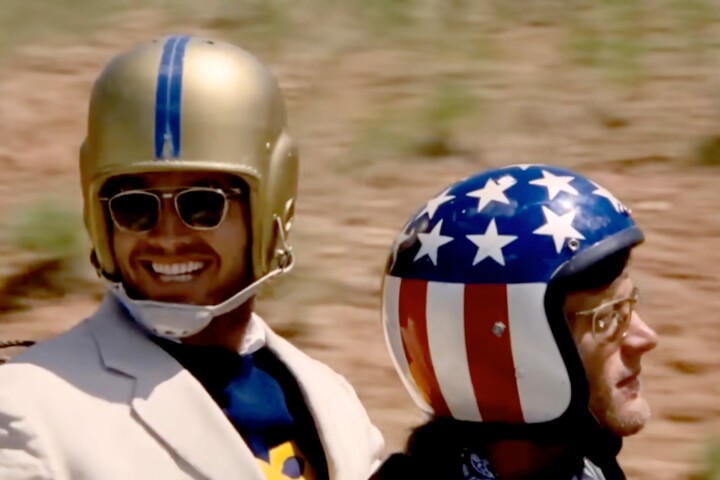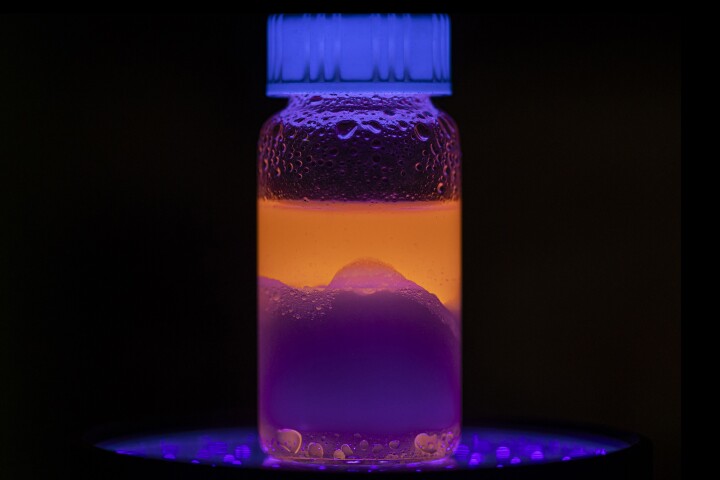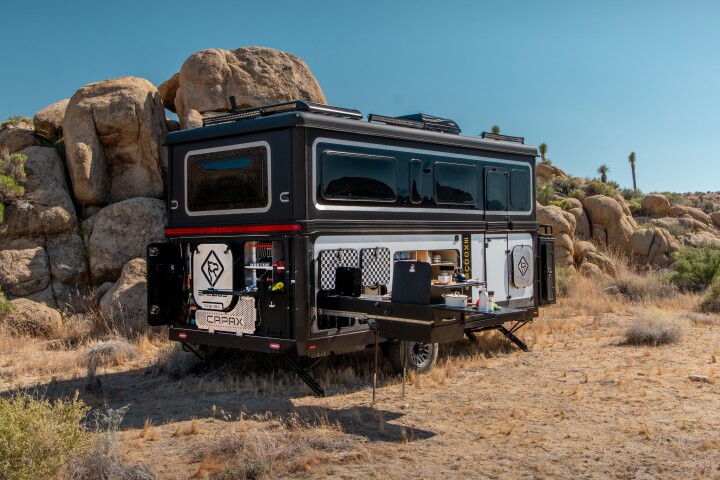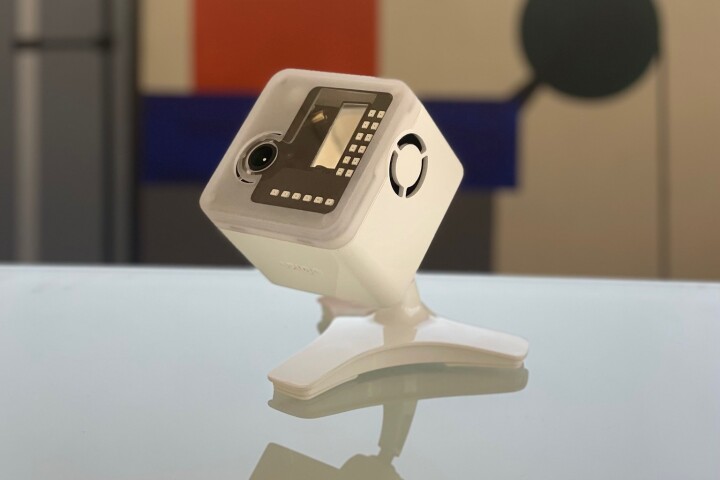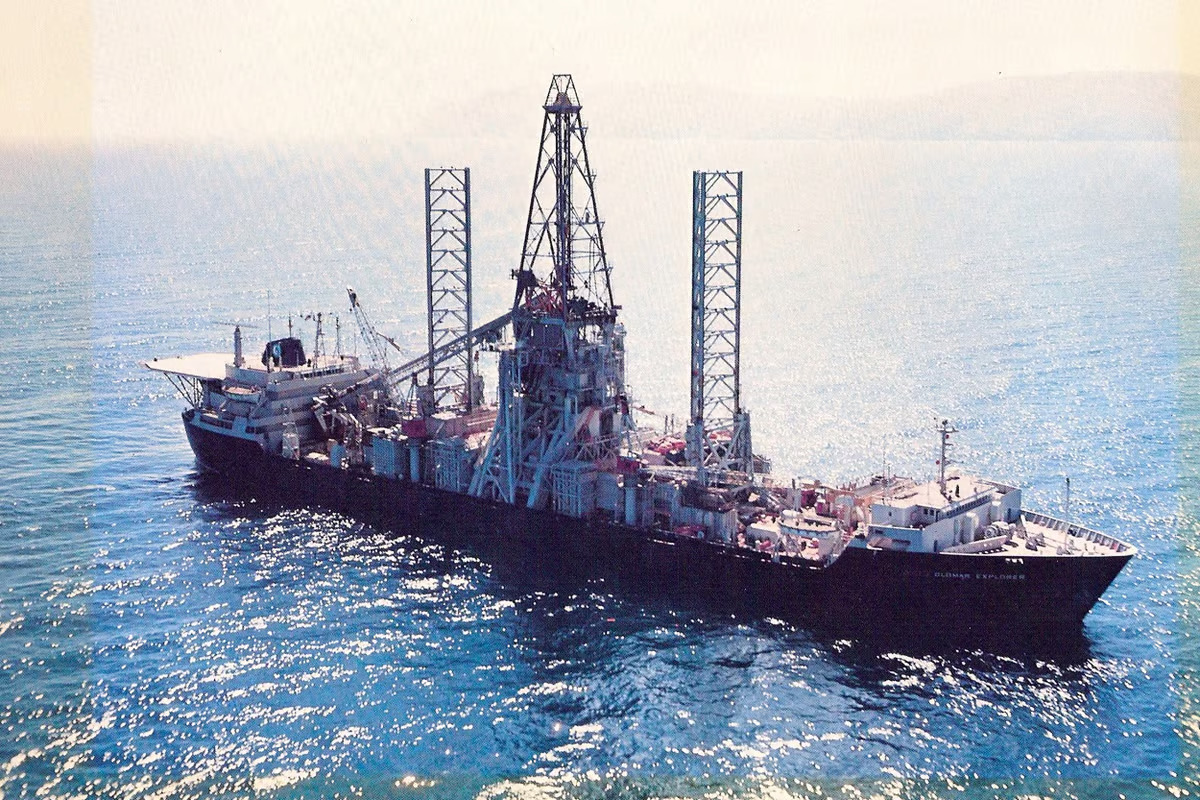 The Glomar Explorer showing its derrick. CIA – View 12 Images –
The Glomar Explorer showing its derrick. CIA – View 12 Images –
When the reading public opened their copy of Los Angeles Times late edition for 1975 Feb 07, they were greeted by a huge banner headline reading “US Reported After Russ Sub.” Subheadline: “Sunken Ship Deal by CIA, Hughes Told.” It was the world’s first glimpse at what was one of America’s most top secret of projects and one which is still largely shrouded in official mystery.
The leak that began the revelation came when unknown persons burgled the headquarters of the Summa Corporation, which was owned by the Hughes Tool Company. The likely motive was probably straightforward theft, but among the items taken was a memo from a Hughes official about a secret CIA project. The memo never surfaced again and may have been later accidentally destroyed when found by a security guard, but it sent alarm bells through the US intelligence community who had to brief various officials about a breach in security.
Ironically, it was these briefings that may have actually led to the story leaking to the press rather than the memo.
–
But we’re getting ahead of ourselves. The real story began on 1968 Feb 24 and thousands of miles from Los Angeles. On that day, a Soviet Navy submarine called K-129 attached to the 15th Submarine Squadron of the Soviet Pacific Fleet steamed out of Rybachiy Naval Base in Kamchatka on a routine patrol that ended up being anything but routine.
The K-129 was a diesel-powered Soviet Project 629A (NATO code name Golf II) ballistic missile submarine armed with nuclear-tipped torpedoes and three R-13 (NATO code name SS-N-5 Serb) missiles in its elongated fin (sail to the Americans) with a range of up to 900 nm (1,035 miles, 1,670 km) and each carrying a one-megaton nuclear warhead capable of wiping out an entire city.
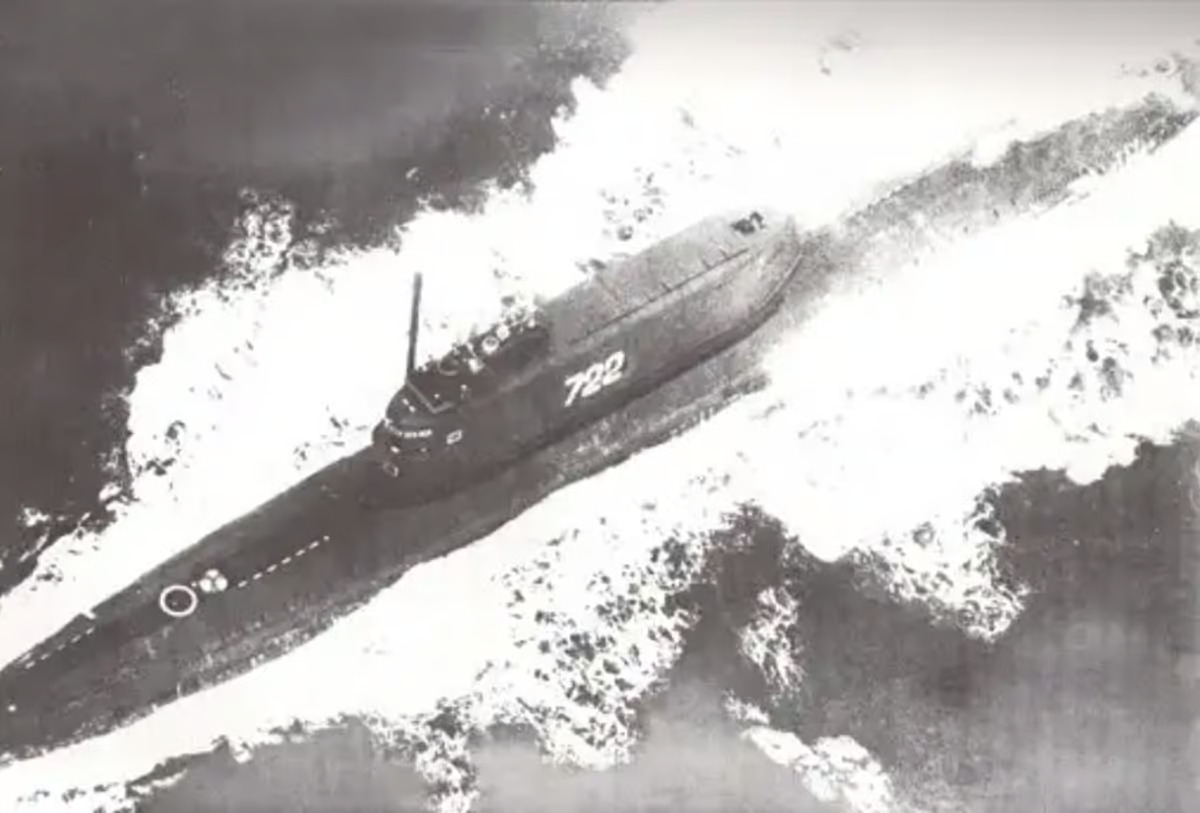
There was nothing exceptional about the submarine’s Cold War mission. It would follow a fixed course to a designated position in the Pacific Ocean, at which time its Captain would open his sealed orders and proceed according to them. When the K-129 reached its required position on the 180th meridian, the Captain sent a routine check-in radio signal to Kamchatka.
And vanished without a trace.
That’s when the lights started burning in the Kremlin. K-129 failed to make any of its later required check-ins and the Soviet Navy launched a small fleet of submarines to make what the high command hoped would be a thorough yet discreet search of the submarine’s patrol area. Despite numerous sonar sweeps, nothing was found and K-129 was declared lost at sea.
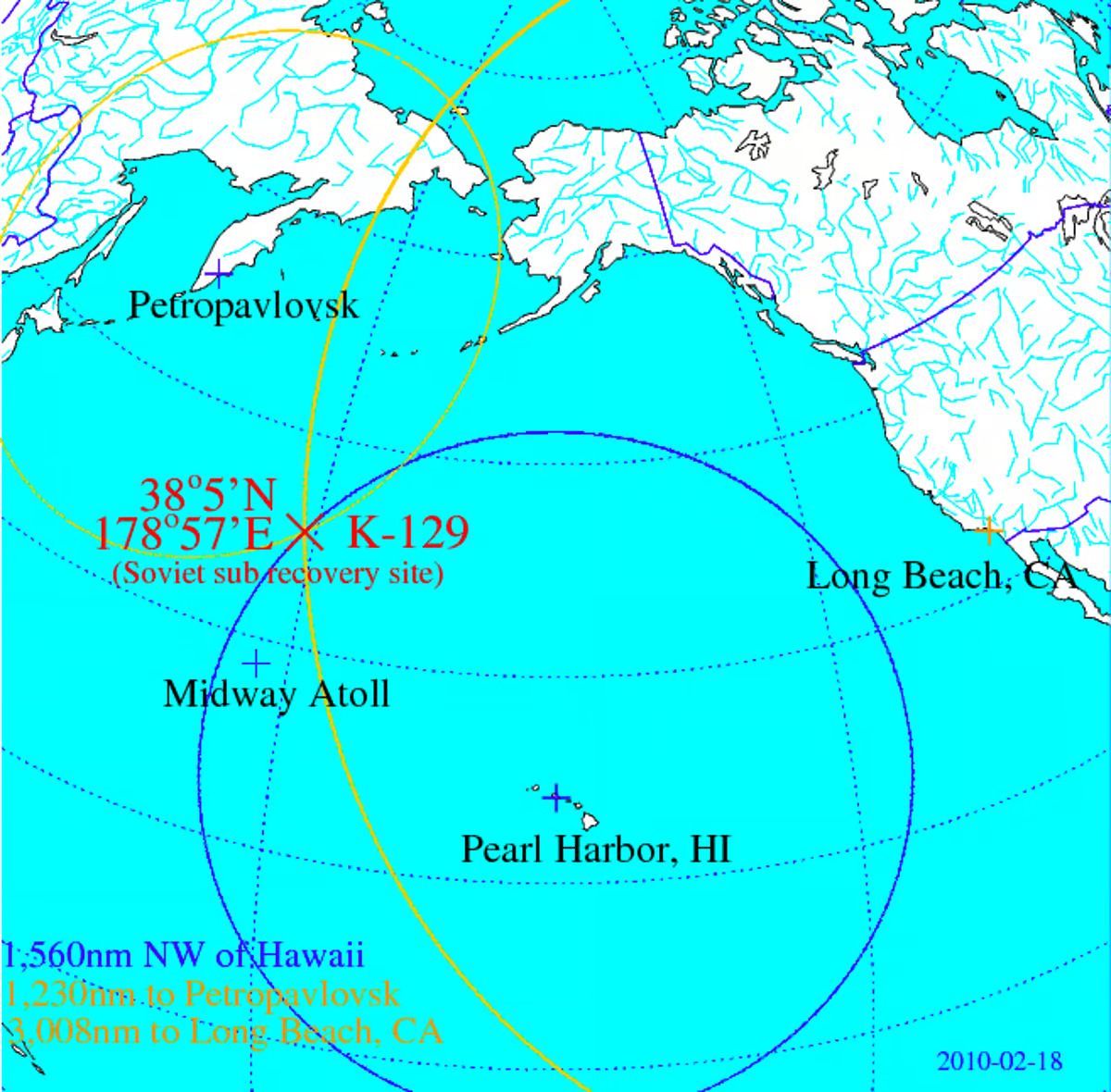
Meanwhile, the Soviet high command rested secure in the knowledge that if they couldn’t find the wreck of the K-129 in the vast depths of the Pacific, neither could anyone else.
They couldn’t have been more wrong.
It turns out that by the time of K-129’s disappearance, the US Navy had been rather busy. First, it had established its SOSUS network of underwater listening posts that, along with other assets, enabled the monitoring of acoustic signals across thousands of miles of ocean. To make a long story short, the US monitors recorded a split-second event on 1968 Mar 08 at 11:59:47 pm that could have been a submarine breaking up. By triangulation, they located the event at about latitude 40° N and longitude 180° W (the exact location is still classified).
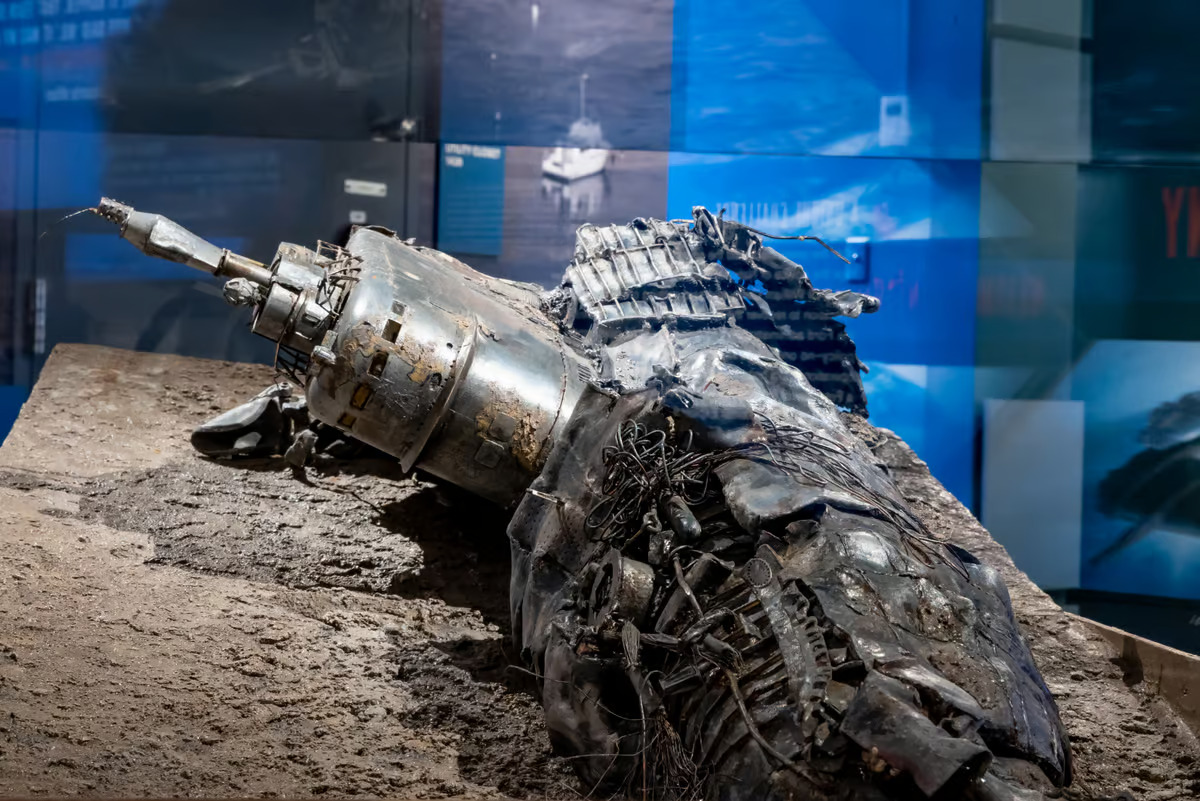
Another thing the Americans had that the Soviets didn’t was a deep sea location and recovery capability first developed to find and recover Soviet spacecraft and other small objects that might land in the sea. Part of this capability was the nuclear submarine Halibut. First built to carry cruise missiles, it had since been refurbished as a super-secret underwater spy ship.
On August 20, Halibut’s specialized sonar arrays and cameras located the remains of K-129 at a depth of 16,000 ft (4,900 m). The boat was lying on its side, broken in two with the split right behind the fin.
Things pretty much remained there until 1970 when US Defense Secretary Melvin Laird and then National Security Advisor Henry Kissinger made the daring proposal to not just visit the wreck of K-129, but to salvage the entire forward section in hopes of the US recovering at least one of the nuclear missiles and the submarine’s code books that would allow the CIA to read Soviet secret messages.
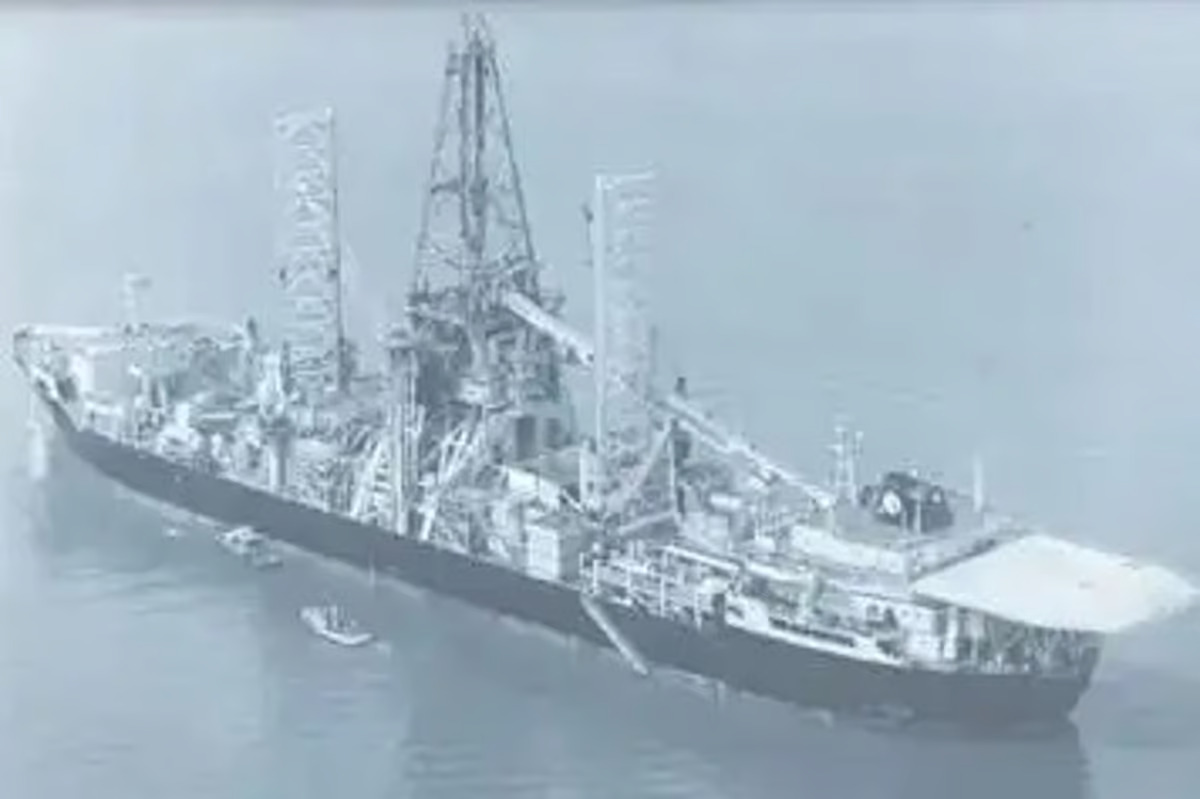
This is where things started to get weird.
The Americans knew that conventional salvage techniques would be impossible at such depths and in some of the roughest seas in the world – much less sending down divers. Eventually, after much argument, they hit on starting with a clean slate and an idea that would have made a Bond villain say “steady on!”
The scheme that eventually emerged was for the CIA to use a specially designed and built ship to recover the K-129 wreck. It would have a huge derrick atop it like an oil drilling rig that would handle lengths of steel pipe. This would be situated over a “moon pool” in the middle of the ship that was big enough to easily hold the wreck section. The bottom of the moon pool would consist of a pair of doors that opened to the sea. The plan was to place the ship over the wreck site and use the pipe string to lower a giant claw that would grab the wreck and then haul it back to the ship, where it would be stowed and returned to land – all without being seen by any prying eyes in the vicinity at any point in the operation.
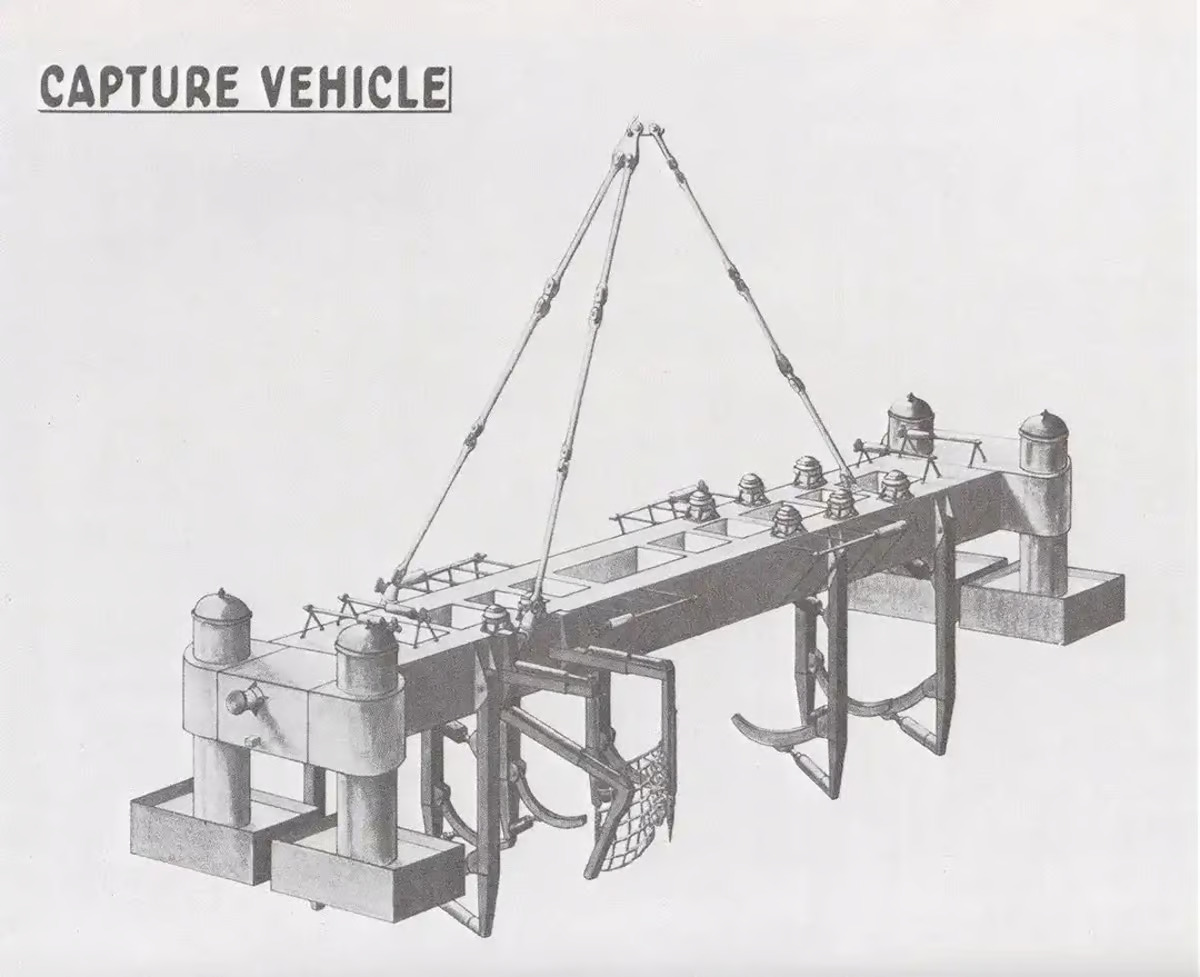
The only big question that remained was how to mount such an expedition without raising the curiosity or outright suspicions of the Soviets, who would certainly respond by sinking the salvage vessel or even declaring war.
What the CIA needed was a cover story. What they hit on was to tell the world openly that the ship was part of a commercial operation to test the feasibility of mining the deep sea bottom for manganese nodules filled with valuable minerals.
Unfortunately, in the 1970s, deep sea mining was about as crazy as the actual CIA operation. How could they sell such an outlandish, unbelievable cover story?
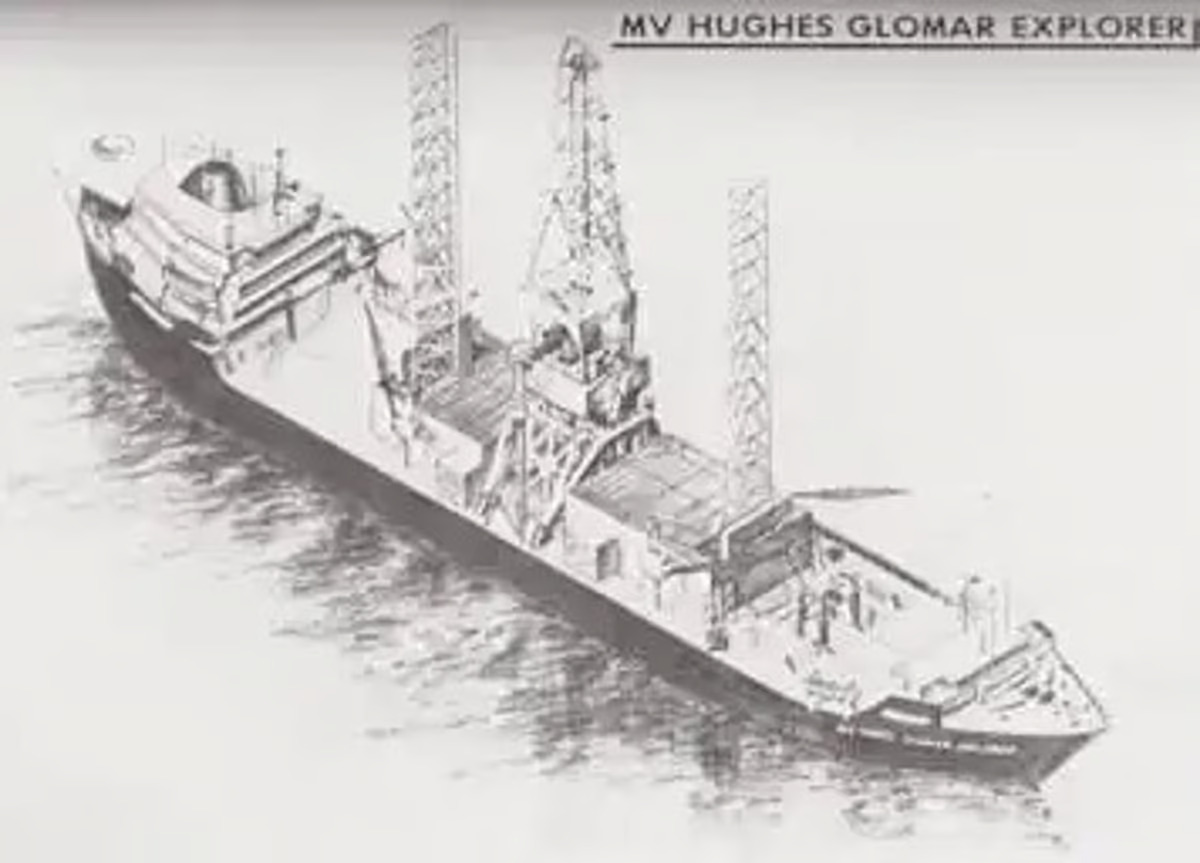
Simple. By pinning the crazy, outlandish, unbelievable cover story on a crazy, outlandish, unbelievable man – Howard Hughes.
From an early age, the brilliant and (to put it mildly) eccentric Mr. Hughes had a talent for grabbing the public spotlight with his various exploits, from his business empire that he treated like his private piggy bank for his passion projects to chasing film stars to building the world’s largest aircraft [the “Spruce Goose”]. By the 1970s, Hughes was something of a legend and he became a secretive recluse who supposedly never left his penthouse atop one of his Las Vegas hotels, where he wore Kleenex boxes on his feet to ward off germs and watched the film Ice Station Zebra over and over until the reels wore out.
Many people weren’t even certain if he was still alive.
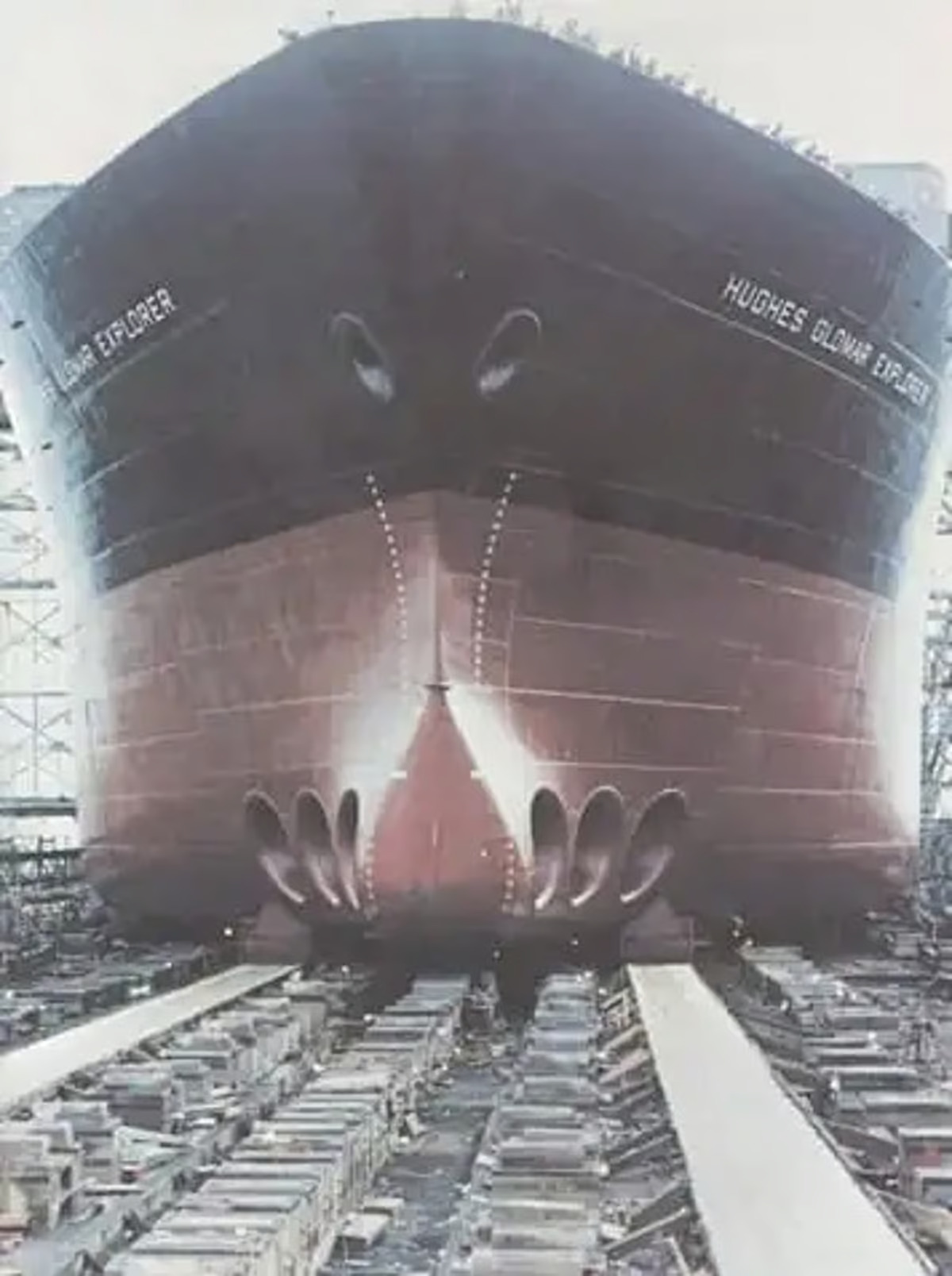
If anyone could say he was mining the ocean for manganese nodules and be believed, it was Hughes. So the CIA went to the hermit industrialist and asked if he’d agree to the scheme. Hughes did. Though Hughes had nothing directly to do with Project Azorian, as the salvage operation was called, he did lend his name to the media campaign and let his company act as a conduit for laundering CIA funds for the project, with the labyrinthine Hughes bureaucracy aiding in shielding against anyone investigating it.
Meanwhile, Global Marine was tapped to build the ship, officially known as the Hughes Glomar Explorer, which was constructed at the Sun Shipbuilding & Drydock Company in Chester, Pennsylvania. As part of the cover, Project Azorian was split into “white” and “black” phases. During the white phase, the building, sea trials, and delivery of the ship was conducted as if it really was a deep sea mining vessel. There was no classified material installed aboard and most of the crew had no idea of what was going on. The press was invited to write stories about the mining project and tours were even conducted of the ship as if it was an unremarkably remarkable vessel.
When completed, the Glomar Explorer had a complement of 160, displaced 50,500 tonnes, was 619 ft (189 m) long, and had a draft of 38 ft (12 m). It was powered by five Nordberg 16-cylinder diesel engines driving 4,160-V AC generators that turned six 2,200-bhp (1.6-MW) DC shaft motors for two propeller shafts, giving it a top speed of 10 knots (19 km/h, 12 mph), in addition, there was a set of automatic bow thrusters to keep it sitting precisely over the recovery site.
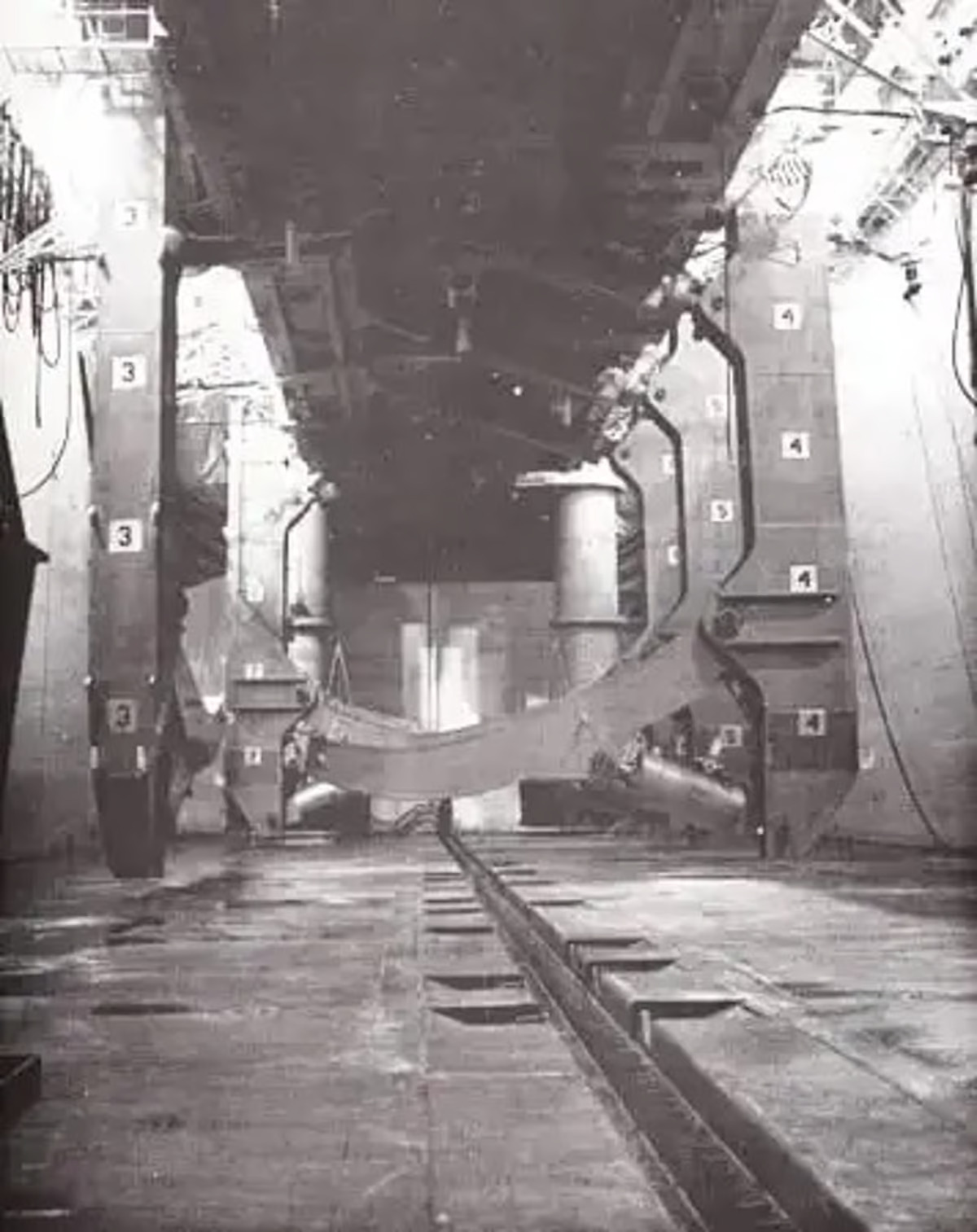
Now came the black phase of Project Azorian.
While this was going on, Lockheed was building the imaginatively named Capture Vehicle that would actually grab and hold the forward section of the wreck. It was also unofficially dubbed Clementine, and the Crab, but the CIA forbade it being referred to as the Claw for obvious reasons. This 2,000-tonne contraption would be lowered on a string of pipe weighing 2,000 tonnes, and grapple the wreck weighing 4,000 tonnes. That means the rig aboard the Glomar Explorer had to be able to lift 8,000 tonnes off the floor of the Pacific.
The Capture Vehicle consisted of a frame with eight grabber arms, four expendable landing legs to steady it on the ocean bed, an array of cameras, and water jets to help the grabbers dig in under the wreck.
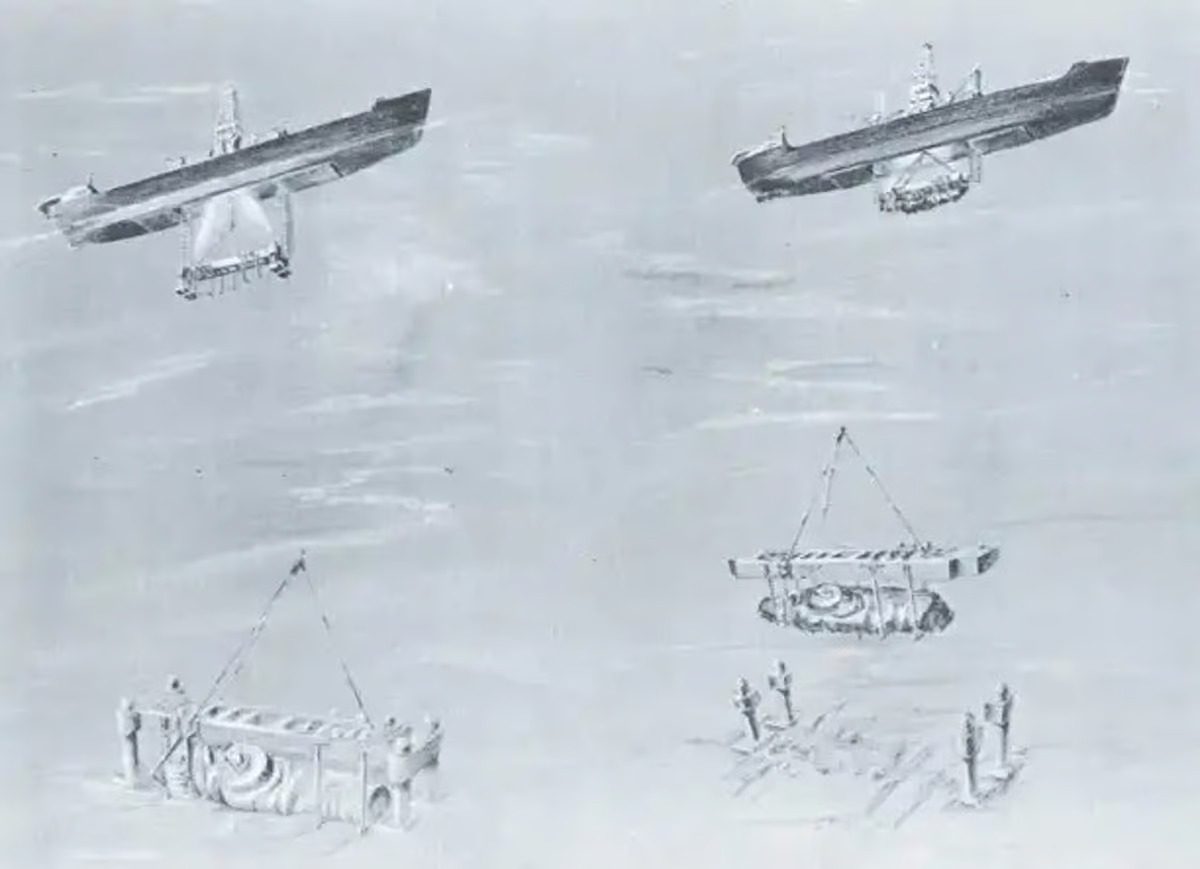
The fly in the ointment was that the Capture Vehicle certainly didn’t look anything like something you’d use for scooping up manganese nodules. So, the CIA had a special barge built with a sliding domed cover. When the Glomar Explorer arrived in California, the original crew was replaced with the security-cleared one and classified gear was installed aboard, the ship then sailed to the waters around Catalina Island, where the barge was sunk to the sea bottom. The Glomar Explorer then floated over the barge, the cover slid back, and the Capture Vehicle was lifted aboard into the moon pool along with hundreds of squid that flopped about on the deck.
On 1974 Jul 04, the Glomar Explorer arrived at the wreck site in the middle of the Pacific, though it wasn’t alone. It had been trailed by two Soviet ships, with one of them hanging around through most of the recovery operation. The Soviets showed a lot of curiosity, but they never twigged to what was actually going on or that the whole thing was anything other than what Hughes claimed, the Soviet high command having dismissed intelligence reports of a salvage operation as preposterous. The Americans could never find K-129, wherever it was, much less get to it.
Not that this was any consolation to the CIA officers aboard, who knew that the Glomar Explorer was too slow to outrun an enemy naval pursuit and that if anything went wrong they’d have to make sure that all classified material was thrown overboard – assuming that the Soviets didn’t just sink them out of hand.

Despite the onlookers, the recovery continued as the Capture Vehicle was slowly lowered on July 31. With remarkable precision, it hovered over what was left of K-129, finally descending on the forward section. The legs extended, the pincers closed and dug into the sea bed. At 9:13 am local time, the capture was complete.
On August 1 at 12:55 am, the prize was free of the bottom and on its way topside, but things were going wrong. The wreck shifted in the claw’s grasp. However, the Captain of the Glomar was unaware of this as he radioed for permission to put in at a US Naval base at Midway Island for “repairs” as a cover to hand over the salvage.
Slowly, the wreck ascended as pipe sections were removed and stowed on the ship. Then, on August 4, as the Capture Vehicle was almost in the moon pool, several of the claw arms gave way. The recovered section snapped and the other part slid out and plunged back to the bottom, where it smashed to bits.
No nuclear missiles. No code books. Just the forward battery compartment and the torpedo compartment. Two thirds of the prize was lost.
Though the team wanted to immediately try again, it was determined that it wasn’t possible without abandoning what little they’d recovered, so they decided to make do. Because K-129 carried nuclear-tipped torpedoes, a hazmat team went in first to remove any radioactive materials. This wasn’t easy because it turned out that the high explosives in the torpedoes had detonated, though the safeties prevented a nuclear explosion.
–
Exactly what was recovered is still classified, though six bodies were found – three of which were complete enough to identify. These were all buried at sea in a steel vault with full military honors and the ceremony carefully recorded in anticipation for when the Soviets learned the truth about Project Azorian.
That learning was very fast in coming. After the publication in Los Angeles Times, the story shot around the world and the Soviets, through very polite diplomatic channels, warned the Americans to not try again, or else. After the end of the Cold War, the submarine’s bell, which was stowed forward while under way, was returned to Russia.
At a cost of about US$800 million, or $4.9 billion today, Project Azorian was more expensive than a manned Apollo Moon mission. In many senses it was a failure, but it did show what US intelligence could do, its technical capabilities, and demonstrated that it could carry out top secret operations right under Soviet noses.
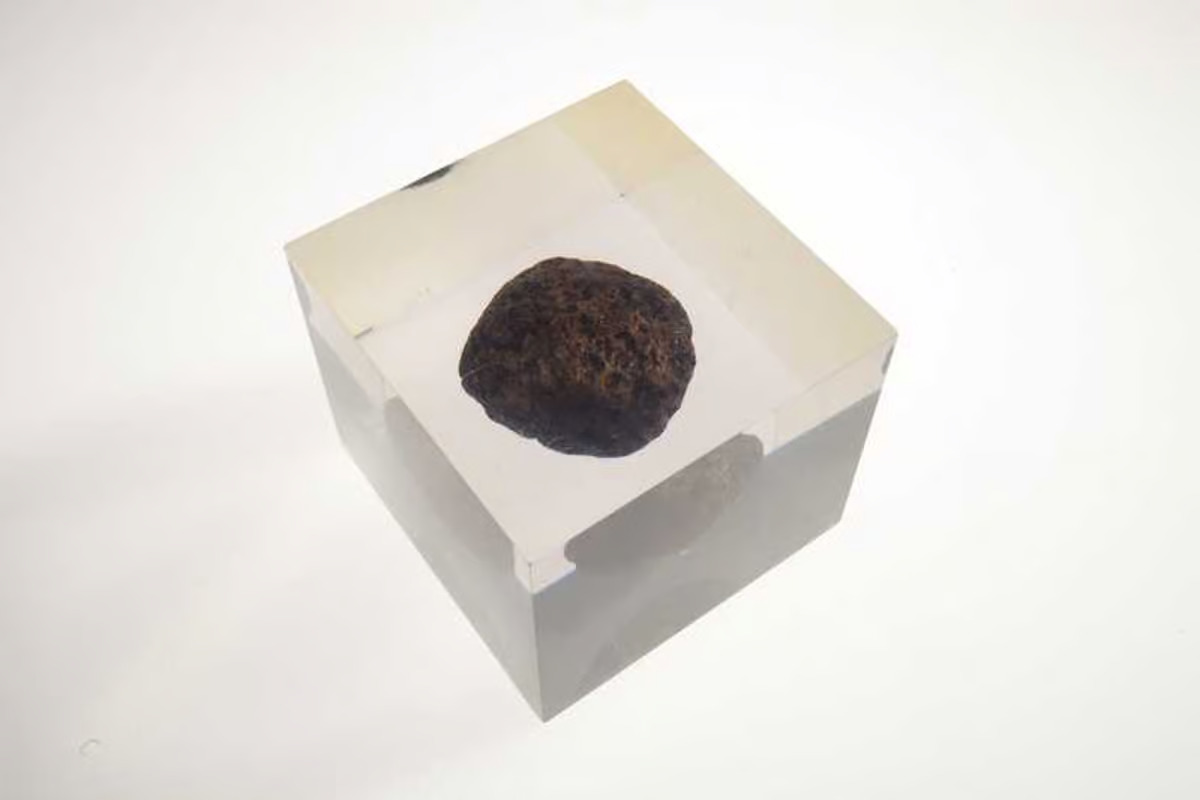
–
As for the Glomar Explorer? There were attempts to repurpose it, but it was far too specialized a ship for anything other than that one great spy mission. After bouncing about the world on various drilling gigs, it finally met its end in a scrapyard in China in 2015.
And as for the sea mining cover story? If you visit the CIA museum in Langley, Virginia – assuming you can get the security clearance to do so – you’ll find on display something that got scooped up with the wreckage of K-129.
A manganese nodule.











